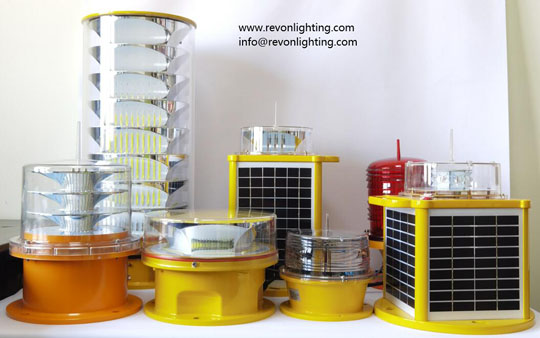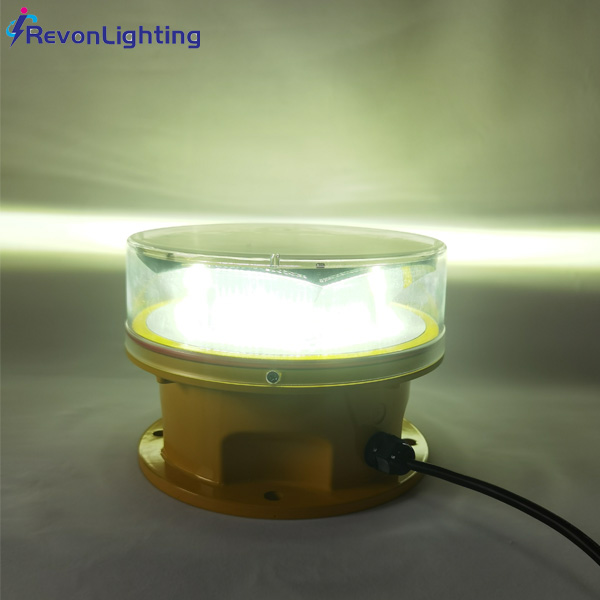Obstruction lights aviation are essential for aviation safety, particularly when it comes to tall structures such as buildings and towers. These lights serve as a warning for pilots during takeoff and landing, indicating the presence of obstacles that may pose a risk to their flight.
Aviation obstruction lights come in different colors and intensities, depending on the location and height of the structure. Red lights are used for tall structures exceeding 200 feet above ground level, while white lights are installed on shorter structures. High-intensity lights are required for structures located close to airports or in areas with high air traffic.

Besides providing visibility during clear weather conditions, obstruction lights are also equipped with sensors that can detect changes in visibility due to adverse weather conditions such as fog, rain, or snow. The lights can adjust their intensity or flash patterns automatically to enhance their visibility and alert pilots to the presence of an obstacle.

Federal regulations require that all structures taller than 200 feet above ground have obstruction lights installed in the United States. These lights must be maintained and inspected regularly to ensure proper functioning throughout their lifespan.
International standards for obstruction lights are also established by the International Civil Aviation Organization (ICAO) to standardize the use of these lights worldwide. These guidelines aim to improve safety for pilots globally and reduce the risk of accidents caused by obstacles.
In conclusion, obstruction lights are crucial for aviation safety and play a critical role in preventing accidents during takeoff and landing. Proper maintenance, installation, and adherence to FAA and ICAO regulations are imperative to ensure that these lights function effectively and protect the lives of crew members and passengers alike.